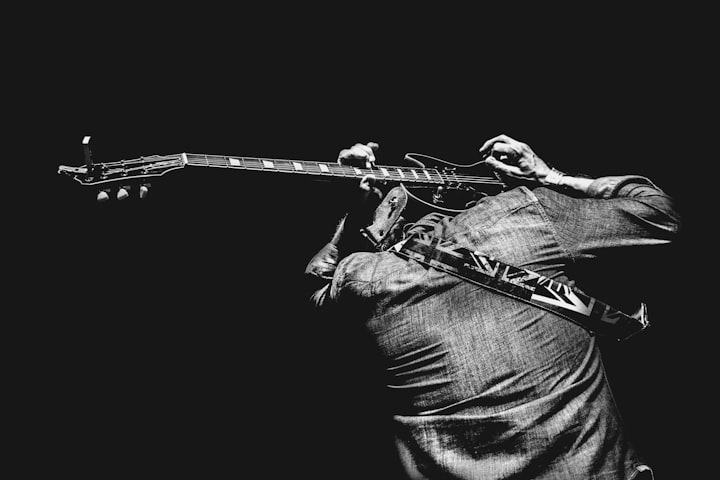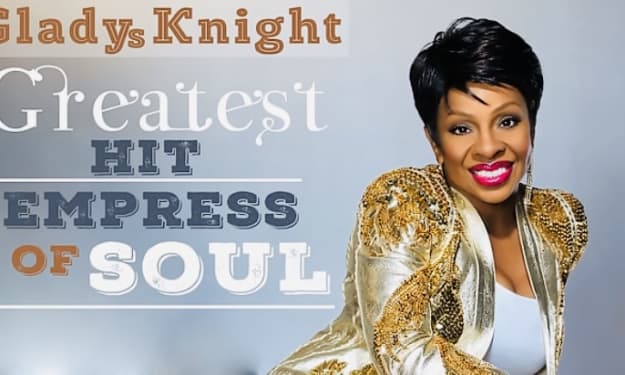
On that infamous day at the 1965 Newport Folk Festival — when singer/songwriter Bob Dylan plugged his guitar into the disdain of loyal folk music fans , popular music’s genre-crossing trail was set into perpetual motion.
During that same tour — when he traveled to the UK and divided his sets into an opening with acoustic followed by an electric closing, disgusted fans called him ‘traitor’ for turning on his folk roots.
But in truth, evolving musical tastes and exploration from artists has always been essential in moving the art form forward.
To say that Dylan inadvertently triggered an avalanche of convention-breaking in rock music may be a stretch, but when the dust finally settled at the end of classic rock’s greatest two decades, boundless new musical possibilities emerged. The roadmap left behind by the simple electrifying of folk opened the window to experimentations of unimaginable convergences, leaving a legacy of enormous mixed-genre pieces.
While rock’s origins owe particular homage to American blues, jazz, and even country and Western influences, musical experimentation in the Progressive Rock Era owes its prominence in large part to Dylan’s guitar plug.
As Elvis Presley was becoming a manufactured entity to provide a vehicle to present ‘Black music’ to white audiences, Bob Dylan was merely working to stretch his musical muscle for artistic development. What followed was a cacophony of extraordinary proportions. Ultimately, such genre lane changing that we never heard before led to some of music’s greatest works and indeed some of its most curious.
Just before The Beatles packing away their touring suitcases in 1966 for the comfort of the recording studio, they were already drawing ideas from a huge library of musical styles with the guidance of producer George Martin. On the album Rubber Soul, the group looks back to Dylan’s folk roots were prominent, but they also revealed deeper threads of European folk themes. New instruments like sitar and harpsichord were gently introduced in a precursor to future, full-on studio masterpieces.
Then came big marching band arrangements, backward tracking, and orchestral ensembles, culminating in the astounding Sgt. Pepper’s Lonely Hearts Club Band which sent tsunami-like shockwaves through an awestruck pop music community. Musical lane changing was suddenly embraced as a new art form. Musicians worldwide were clambering to meet the challenge of the gauntlet laid down with The Beatles’ opus.
Musical genius in the form of repeating motifs was being perfected by Peter Townsend in a transition from the ‘concept album’ to a fully developed narrative. Pete’s bandmates in The Who emerged from the studio in 1969 with Tommy, rock music’s very first opera. The now-famous story of a deaf, dumb, and blind child regaining his senses in adulthood and becoming a God figure, served notice that truly anything was possible in rock music. No longer would ‘the establishment’ be able to brush off rock and roll as just a passing fad.
Around the same time, The Moody Blues were in studio producing their iconic classical infused opus, Days of Future Passed. Back in the United States, heavy jazz horn influences were being mixed with blues guitar riffs and concert piano to create the band Chicago. Their debut album Chicago Transit Authority reacquainted rock fans with the powerful ensemble of trumpet, trombone, and saxophone, without compromising the band’s blues roots.
As the decade began to close in the fall of 1969, an English guitarist/songwriter named Robert Fripp formed a band that would create one of the single most influential rock achievements of all time.
Fripp spearheaded a group of highly trained artists including lyricist Pete Sinfield, keyboardist Ian MacDonald, and a soulful vocalist/bass player named Greg Lake. Together with accomplished drummer and original member Mike Giles, King Crimson released In the Court of the Crimson King. To this day it stands as an album considered by many to be the masterpiece that launched the genre we know as Progressive Rock.
The combined elements of jazz, blues, and classical influences produced an intricacy of instrumentation never heard before in the psychedelic era. The album’s opening song, 21st Century Schizoid Man, can be recognized as a precursor to the grunge rock era, while other pieces on the record borrow themes from various styles of classical music. The record’s dreamlike aura portrayed a darker side to rock, which in turn would become the impetus for some of the new form’s boldest undertakings.
***
As a new decade loomed over the rock music horizon, the dawn of progressive rock was just gaining steam. Everything from modern-day minstrels like flute-playing frontman Ian Anderson of Jethro Tull, to studio masters like Genesis and Yes, were testing the rock culture’s ability to absorb new sounds.
The young owner of a store in England called Virgin Records, decided to venture into music production himself.
One of Richard Branson’s first signings was Mike Oldfield who came with the idea of making a record consisting almost entirely of Tubular Bells. The one-man project consisted of Oldfield playing around twenty different instruments which were layered into the mix as the continuous melody moved forward. Momentum in the music built gradually, reminiscent of Ravel’s Bolero until a symphony created by one, played together harmonically. The piece was subsequently commissioned as the opening theme for the film The Exorcist, resulting in a huge success story for the fledgeling Virgin Music Company.
New technologies in music production and instrumentation were being introduced to artists craving new toys to play with. A keyboard impresario named Keith Emerson persuaded Greg Lake to leave King Crimson, and with accomplished percussionist Carl Palmer they formed one of progressive rock’s first supergroups: Emerson. Lake and Palmer took the new technology of synthesized sound to strange and often dizzying heights.
Their detractors labeled the trio as pretentious and self-absorbed grandstanders, but this group’s indulgence in borrowing work form other genre composers proved that musicality was universal in any form. ELP unabashedly recreated works by Mussorgsky, Prokofiev, and Aaron Copeland with an electronically charged fervor that defied convention. Emerson was a pioneer incorporating a synthesizer into his repertoire of instruments. When he brought his taped version of Toccata by Ginastera to play for the great maestro, the composer blurted out the word, “Diabolic!”.
Fearing that the composer hated the rendition, Keith was eventually buoyed Ginastera proclaiming it a true understanding of his work. Pretentious or not, Emerson, Lake, and Palmer had joined the ranks of musical greatness.
The band also deserves a good margin of credit for creating the large venue spectacle, because as producer Ahmet Ertegun put it, “we could sell out 20,000-seaters before we even had a record out”.
Whether music historians wish to acknowledge ELP’s prominence or not, these three incredibly gifted musicians paved the way for many big acts to follow. The three record album Welcome Back, My Friends, to the Show That Never Ends ~ Ladies and Gentlemen was recorded live in Anaheim, California and it stands as a testament to the grandeur and greatness of musical experimentation.
The members of Pink Floyd, who had been establishing themselves as a force in the recording studio, were certainly awakened to what was possible in the studio and with live performance. Dark Side of the Moon has always been considered a Progressive Rock tour de force and proved it by standing near the top of the Billboard 200 album chart for an astounding 937 weeks. So much has been written about this iconic work, it boggles the mind to add anything fresh to the discussion.
By the time Queen released A Night at the Opera in 1975, Rock audiences were primed for any departure from conventional sound, and Bohemian Rhapsody delivered in spades. The high brow air of opera had suddenly become acceptable in the realm of Rock music.
The Wall by Pink Floyd probably stands as the pinnacle of rock musical theater, and it too borrows from multiple genres. The grandiosity of its original release and subsequent film and live performances may have signaled the gradual demise of progressive rock. Nothing of its like has been attempted since; even by any of its creators.
***
Progressive genre lane changing continues in music today.
Everything from punk, to reggae and hip-hop, have found places in new music. But, where would bands like The Police, Rush, or the multitude of other musical experimenters be without trailblazers for new musical excellence?
Plugged in or in its rawest form, modern music flows on to new adventures and changing styles.
However, the two decades that started it all when Bobby went electric will sadly only occur once every few generations. Thank goodness for recorded music we all get to share.
This story originally appeared on Medium by Stuart Englander
I hope you enjoyed reading it.
All tips are gratefully accepted for my future musings.
About the Creator
Stu E
Every Life is a Story-Every Story has a Life. I love to write stories to inspire. Biographies, film reviews, and a touch of humor. Life is for learning, always.






Comments
There are no comments for this story
Be the first to respond and start the conversation.